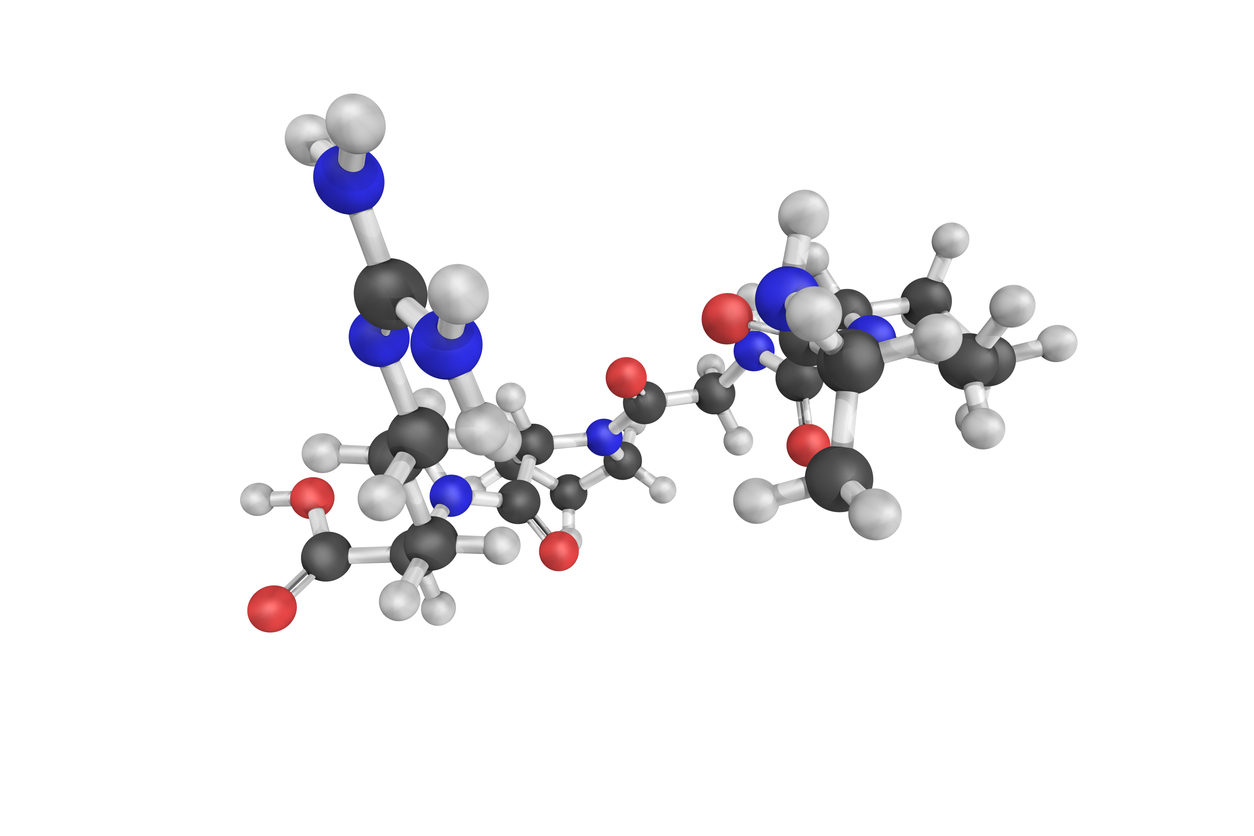Expert Knowledge
25/4/2024
Are CHI Drug Discovery predicting medicinal chemistry trends or just following them?
.jpg)
Are CHI Drug Discovery predicting computational chemistry trends or just following them?
Over recent years, CHI Drug Discovery Chemistry has grown into one of the leading symposia in the field of medicinal chemistry. Drug discovery leaders come from far and wide to showcase their latest clinical assets, share insightful case studies or promote innovative technologies. As we are approaching the 20-year anniversary of the first Drug Discovery Chemistry symposium, it is worthwhile reminiscing about historical programmes and how scientific discussion points evolved over time. Is CHI Drug Discovery Chemistry just following trends or is it predicting them?
Looking back to 2015
Archives available on the symposium webpage shows that 10 years ago it gathered 500 participants over 6 tracks focusing on target classes such as kinases and epigenetic modulators. Back then, peptides and macrocycles featured as the main modality along side the almighty small molecules, and FBDD was hailed as the leading hit identification technology after HTS. Protein-protein interaction (PPI) and inflammation inhibitors were also featured, paving the way towards the “classics” of the 2020s; PROTACs and cancer immunotherapies. So how have things changed over the last 10 years and what are the hot topics in 2024?
CHI Drug Discovery Chemistry today
This year the event gathered around 1000 participants and the programme has not only doubled the number of tracks since 2015, but also significantly evolved in its scientific content. The leading target classes of the 2010s; kinases, GPCRs and other membrane bound proteins, made way for more challenging targets such as transcription factors and RNA-targeting therapeutics. The CNS track well-established in the 2010s has not had the exposure of a focused track since 2020. However, a rebirth may be on the cards as a wealth of new therapeutic strategies, such as those targeting neuroinflammation, may offer long awaited efficacious treatments for Parkinson’s, Alzheimer’s and other neurodegenerative diseases.
Protein degradation is gaining yet more momentum
Protein degradation (e.g. PROTAC and molecular glue) was first given a full track in 2017 and is now a flagship topic with two dedicated tracks. Many compounds based on the PROTAC technology are in advanced clinical stages and positive readouts are anticipated to formally validate this scientific approach. The field is buoyant with countless inhibitors being turned into PROTACs and related modalities such as AUTACs, RIBOTACs, LYTACs are emerging, adding to the toolbox available to drug hunters. Watch this space!
When the undruggable becomes the “difficult to drug”
Covalent inhibition was given its own track in 2022. Initially seen a major risk in terms of specificity and toxicity, drug hunters have learned to tame these highly reactive warheads, paving the way towards drugging highly challenging biological targets such as KRAS, one of the holy grails in oncology. Initially focussed on cysteine, covalent inhibitors can now be designed to selectively react with serines, lysines and even methionines. However, with new modalities come new challenges. Balancing warhead reactivity with specificity, along with pharmacokinetics, off-target effects, and the emergence of resistance mechanisms were just some of the many discussion points covered in this track.
Ubiquitous AI
The most pronounced change is associated with Artificial Intelligence. First introduced as a track in 2019,AI/ML is now featurs in 3 separate tracks. New algorithms are constantly in development and offer a means to address all aspects of drug discovery, from target identification through to the clinic. The symposium offers a unique opportunity to discuss trends and emerging technologies in this field, but also flag pitfalls and caveats which can be difficult to gauge for medicinal chemists unfamiliar with this technology.
CROs: trend followers or leaders?
Mirroring the evolution observed in the CHI Drug discovery programme, we have adapted our integrated drug discovery services to match biotech and pharma needs. We have notably acquired in-depth expertise in PROTAC and covalent discovery, providing guidance to clients who are new to these modalities. We are also embedding AI and ML to our computational chemistry services. Our AI-driven hit identification platform –BioPALS – provides one of the many examples of Concept Life Sciences democratising these innovative technologies to the benefit of big, small and virtual biotechs alike.
The future of drug discovery is bright and CHI-DDC is a testimony to the continuous efforts made by drug hunters to find and develop innovative modalities and technologies to alleviate patient suffering. Looking forward to the 20-year anniversary of the event in2025!








.jpg)

